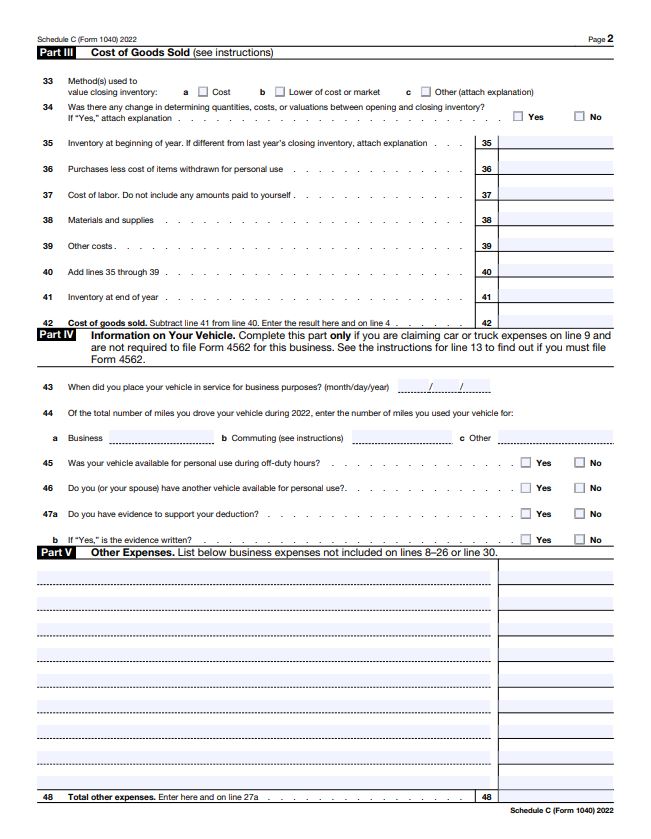Depreciation is a tax deduction that allows small businesses to recover the cost of assets over time. Assets that can be depreciated include equipment, furniture, buildings, and vehicles.
To claim a depreciation deduction, you must first determine the asset’s depreciable basis. The depreciable basis is the asset’s cost, less any down payment or trade-in. Once you have determined the depreciable basis, you must then determine the asset’s useful life. The useful life is the number of years that the asset is expected to be used in your business.
The IRS publishes tables that list the useful lives of different types of assets. Once you have determined the asset’s useful life, you can then calculate the depreciation deduction. The depreciation deduction is calculated by dividing the depreciable basis by the asset’s useful life.
For example, if you purchase a computer for your business for $1,000, the depreciable basis would be $1,000. If the IRS table lists the useful life of a computer as five years, then the depreciation deduction would be $200 per year.
You can claim depreciation deductions on your business tax return each year. The depreciation deduction will reduce your taxable income, which will save you money on taxes.
Depreciation and Section 179
In addition to the regular depreciation deduction, small businesses may also be eligible for a special deduction called Section 179. Section 179 allows businesses to deduct the full cost of certain assets in the year they are purchased, rather than depreciating them over time.
To be eligible for Section 179, the asset must be tangible personal property, such as equipment, furniture, or computers. The asset must also be used in the business for more than 50% of the time.
The amount of the Section 179 deduction is limited each year. For 2023, the maximum Section 179 deduction is $1,080,000. If your total purchases of depreciable assets exceed $2,700,000, the maximum deduction will be phased out.
Depreciation and Your Taxes
Depreciation can be a valuable tax deduction for small businesses. By claiming depreciation deductions, you can reduce your taxable income and save money on taxes.
If you are not sure how to calculate depreciation or if you are eligible for Section 179, you should consult with a tax professional.
Here are some additional tips for using depreciation for a tax deduction in a small business:
- Keep good records of your assets and their purchase dates. This will help you to calculate your depreciation deductions accurately.
- Use the IRS tables to determine the useful life of your assets.
- Claim depreciation deductions on your business tax return each year.
- If you are eligible for Section 179, take advantage of it. This can save you a significant amount of money on taxes.
By following these tips, you can use depreciation to reduce your tax liability and save money on taxes.
